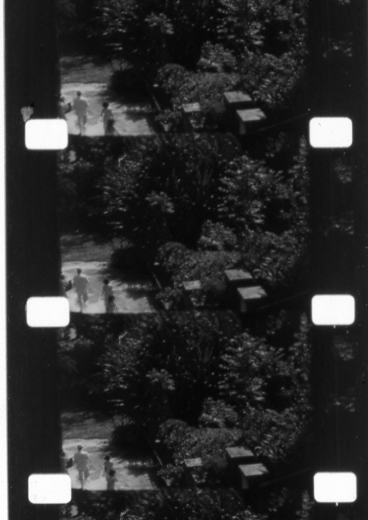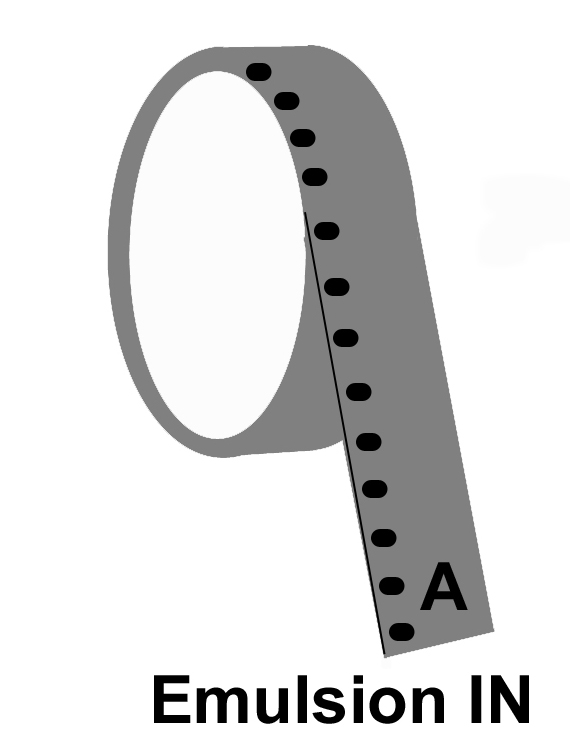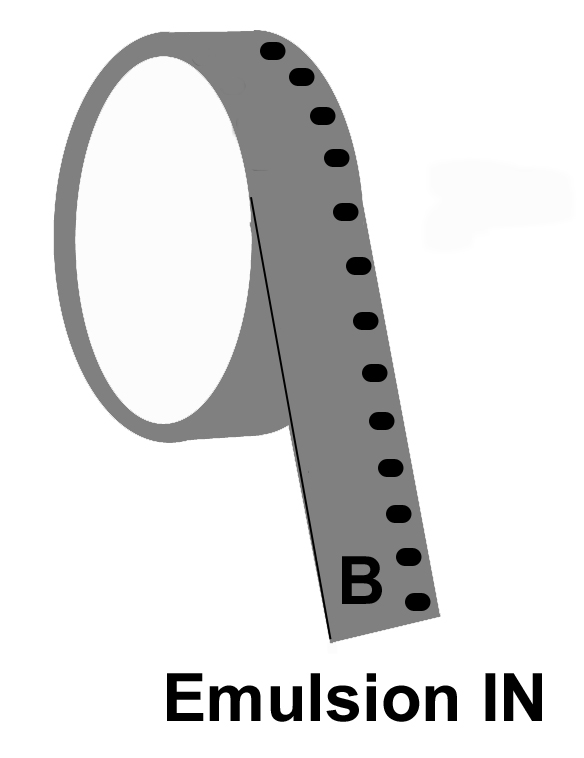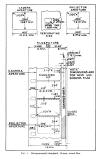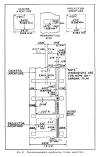16mm Windings
2023 was the 100th Anniversery of the introduction of 16mm.
16mm was invented at the time when 35mm was
NITRATE and of course highly inflammable. People shooting home movies and
showing films at home were at risk of having a fire.
16mm was designed to be
made on safety base and made smaller to be more economic, that is cheaper!
16mm was introduced in a paper ‘A New
Sub-standard Film for Amateur Cinematography’ delivered in May 1923 by C E K
Mees Director of Research and Development, Eastman Kodak Company; the paper is
reproduced in the SMPE Transactions Number 16 Pages 252- 258.
16mm was designed as being perforated both
edges. It was considered that you needed perforations on both side to get
a steady picture on the screen. 16mm was not expected to be used
professionally and was called ‘sub-standard’ along with any format that was less
than 35mm in width.
The first stock available to the amateur was
black and white reversal film; film shot in a camera reads through the base so
the first amateur film was effectively a print that read through the base.
35mm prints that have been made
from a negative read through the emulsion.
Other films available to the amateur were
reduction prints made from 35mm originals; printing forwards, which is from the
head, from a 35mm neg onto a 16mm print will produce a print that reads through
the base. The 16mm end of a reduction printer is to all intents and purposes a
camera, in some printers where the printer can be operated in the light it is
actually a camera, so the stock has to be exposed through the emulsion and reads
through the base. This was the SMPTE standard, so prints that read through the
base are called SMPTE prints. They are B winding (see below for explanation)
One of the original suggestions for 35mm
reduction prints was to use double perforated stock and reduction print the
picture and sound simultaneously, this would automatically give a print that was
B winding i.e. the track would be on the left if looking through the base of the
film.
Figures from the SMPE Journal
Volume 19 November
1932
It was decided that it would not be practical
to put the sound track on 16mm in the same place as 35mm, that is inside the
perforations, as it would significantly reduce the picture size and cause
problems in having to modify the gates of projectors because the picture would
be offset. It was decided to remove one set of perforations and have the sound
track on one edge of the film keeping the same picture size, this also enabled
the track width to be increased as it was felt that the reduction in width that
would occur if the track was reduced in the same ratio as the picture would give
inferior sound quality.
When 16mm negative came into use used and a
contact print made for viewing, the print would have the same geometry as a 35mm
print; that is it would read through the emulsion. These became known as DIN
prints. DIN is the German standards institution. They are A winding prints.
(see below for explanation)
There are two options for single perforated
film; you can have the perforations on the left or the right. In order to be
precise, the windings were designated A and B winding and the winding was
determined when the film was base out, emulsion in.
A Winding Film
Stock B Winding Film Stock
When you purchase 16mm film stock from a
manufacturer you have to specify A, B or double perforated.
Camera original can be double perforated or B
winding, both reading through the base; contact prints made from camera
originals read through the emulsion and can be double perforated or A winding.
Cutting copies are usually made on double perforated print stock so that they
can be run on an editing machine without worrying which side the perfs are on
for viewing.
A double perforated print made from a camera
original can be viewed four ways:
A single perforated print made from a camera
original can only be viewed two ways although it can be printed 4 ways:
If it is printed on to A winding stock from the
head:
The vast majority of 16mm contact printing
machines take A winding print stock and B winding originals because the film has
to be emulsion to emulsion. So if you make a print from a B winding original
negative you will get an A winding print that reads through the emulsion and is
described as a DIN print.
A
reversal original (Colour or Black and White) from the camera will be B winding
or double perforated and read through the base and is described as a SMPTE
print.
Making a negative from it, it will be A winding
if it is contact printed, and will read through the emulsion. If you now make a
contact print from that negative it will be B winding and read through the base
and will be an SMPTE print.
If you have a roll of A winding film stock and
you rewind it, it will become B winding. Because the printer only takes A
winding stock, if you want to print an A winding negative you have to rewind it
and print it from the end, effectively making it B winding and then printing it
onto A winding stock which after processing has to be rewound to make a B
winding SMPTE print.
The sound track has to be on the right side so
sound negatives can be A or B winding: it is vital that you have the correct
winding sound negative to go with your picture negative, if you have a camera
original it will be B winding and require a B winding sound negative and will be
printed from the head. An A winding negative will require an A winding sound
negative and will be printed from the end.
If you make a double perforated print from
either an A winding or B winding negative it does not matter which way you print
the negative as you will be able to project it correctly. However if you print
a double perforated negative that reads through the base from the end onto A
winding stock you will produce a print that cannot be projected correctly. It
will either be upside down or reading back to front. The same would apply if a
double perforated negative reading through the emulsion was printed from the
head.
It is possible to print an A winding negative
from the head if you print it base to emulsion, known as ‘flopping’ the
negative, however there will be a loss of quality and is not recommended.
This could be done if you had a small section
of A winding negative, perhaps made from a reversal original, that had to be cut
into a B winding negative. The correct option would be to make an optical
internegative that was the correct geometry but it would be more expensive.
If you optically print an original you can make
either geometry so you can make a DIN or SMPTE print from a B or an A winding
original.
One exception to printing machines that usually
only take A winding stocks are panel printers which are designed to make bulk
prints. The printer will run forwards and backwards and will take A and B
winding print stock. So with a B winding original negative you would print it
forwards on to A winding stock and then backwards onto B winding stock which
would produce multiple prints without the chore of constantly rewinding the
negative and they would all be of the same geometry, in this case all A winding.
Specifying prints or negatives A or B winding
cannot be confused unlike the use of the terms SMPTE and DIN. Strictly speaking
the terms SMPTE and DIN can only be applied to prints.
There is no agreed standard for naming
negatives and some organisations would call a negative that reads through the
base a SMPTE negative because it reads the same way as a SMPTE print; others
would call it a DIN negative because it makes a DIN print when contact printed.
As was mentioned earlier when you order a sound
negative you have to order the same winding sound negative as the picture
negative. If the picture negative is B winding then the sound negative is B
winding. There can be no confusion. If the negative is identified as SMPTE
there is the confusion discussed above.
